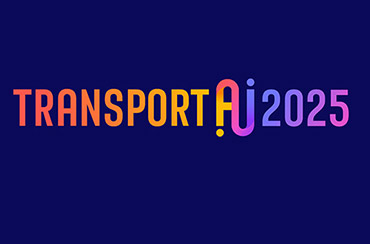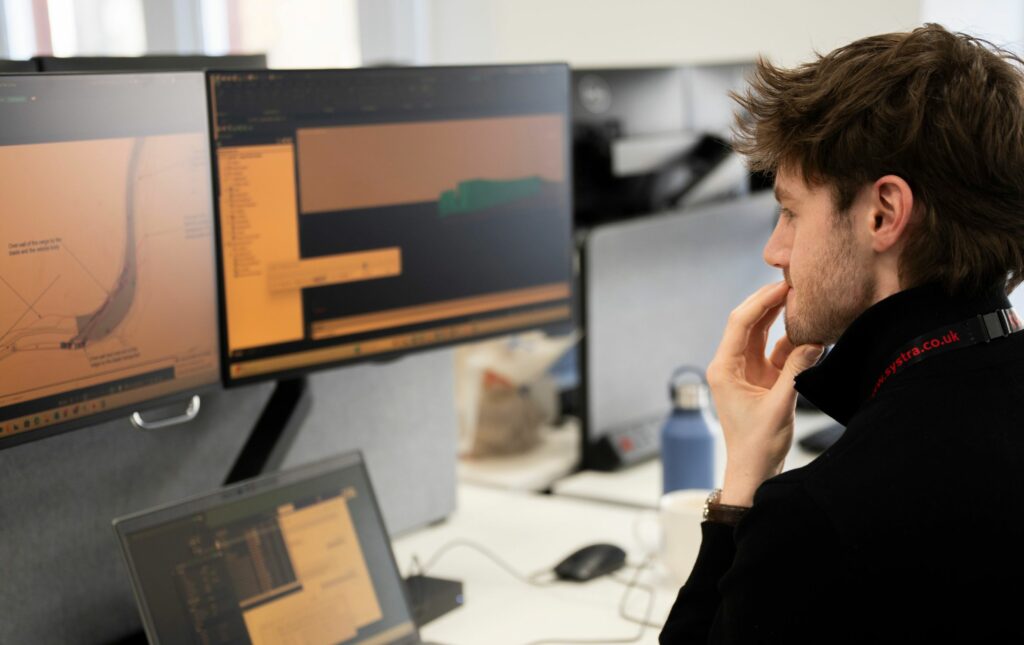Artificial Intelligence is starting to change the landscape of road safety. SYSTRA’s recent project, funded by the Department for Transport, is exploring how AI can be used to tackle the issue of junction safety.
SYSTRA’s Erik Nielsen and Angus Spence shared insights into this work developing an AI-powered tool to predict and mitigate collisions.
“We are building an expert system that advises on the types of collisions and outcomes likely in particular environments. This involves analysing collision data, environmental data, and detailed mapping to predict risks and suggest mitigations at the design stage.”
– Erik Nielsen, Associate Director, Data Science
This approach represents a shift from retrofitting solutions after collisions occur to integrating safety into the design process itself.
SYSTRA’s team is working on the development of two web applications designed to integrate safety directly into road design.
Angus Spence, Senior Consultant, elaborated on the significance of these tools:
“The first is a tool allowing us to select any location in the UK and make predictions about the type and severity of collisions that may occur. The second application enables design practitioners to submit emerging drawing files for road infrastructure to help mitigate risks.”
Both are scalable solutions, operating from specific junctions or link locations to larger networks at the local authority, highway agency, or Great Britain level.
However, there are challenges to this approach.
“The data size is significant,” Erik added, referring to the terabytes of mapping and collision data that are processed. “We don’t have the endless warehouses of processing power that companies like Google do, so we’ve had to be very efficient in how we use our resources.”
While the project is still in development, the implications are promising. These tools target supporting local authorities, private sector stakeholders, and governments – helping them identify at-risk locations, evaluate mitigation prioritisation, and advise on specific alterations required in the design process to reduce the frequency and severity of collisions – ultimately saving lives and costs to society.
Erik and Angus believe that AI’s role in transport safety can continue to grow into further networks. For instance, connected and autonomous vehicles could significantly reduce human error, while AI-powered systems are already helping cities optimise traffic signals. However:
“The question isn’t just what we can optimise but what we should optimise for. Do we prioritise reducing CO₂ emissions, shortening journey times, or improving safety?”
AI can offer powerful tools to make our transport systems safer, more efficient, and more sustainable.
You may also like

- News
4 February 2025
SYSTRA at Transport AI 2025 Conference

- services
Intelligent Transport Systems
Read more sur Intelligent Transport Systems
- services


 Australia
Australia  Brazil
Brazil  Canada
Canada  Chile
Chile  China
China  Columbia
Columbia  Denmark
Denmark  Egypt
Egypt  France
France  India
India  Indonesia
Indonesia  Ireland
Ireland  Italy
Italy  Malaysia
Malaysia  New Zealand
New Zealand  Norway
Norway  Panama
Panama  Peru
Peru  Poland
Poland  Portugal
Portugal  Saudi Arabia
Saudi Arabia  Singapore
Singapore  South Korea
South Korea  Spain
Spain  Sweden
Sweden  Taiwan
Taiwan  Thailand
Thailand  Türkiye
Türkiye  United States
United States  Vietnam
Vietnam